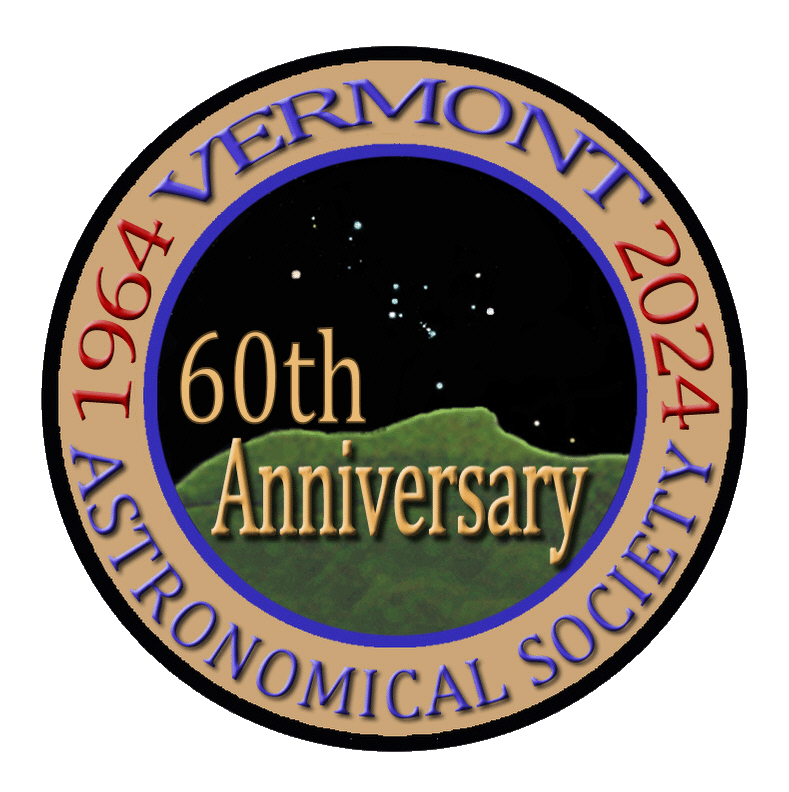Hi all, I've image IC5070 and a portion of the North American Nebulas in SHO. My original intent was to just capture the Pelican but I'd be wasting field so I thought I'd grap the interesting part of the North American nebula as well.
This is an H II regionassociated with the North America Nebula in the constellation Cygnus. The gaseous contortions of this emission nebula bear a resemblance to a pelican, giving rise to its name. The Pelican Nebula is located nearby first magnitude star Deneb, and is divided from its more prominent neighbour, the North America Nebula, by a foreground molecular cloud filled with dark dust (see LDN935). Both are part of the larger H II region of Westerhout 40.
The Pelican is much studied because it has a particularly active mix of star formationand evolving gas clouds. The light from young energetic stars is slowly transforming cold gas to hot and causing an ionization front gradually to advance outward. Particularly dense filaments of cold gas are seen to still remain, and among these are found two jets emitted from the Herbig–Haro object 555. Millions of years from now this nebula might no longer be known as the Pelican, as the balance and placement of stars and gas will leave something that appears completely different. (wikipedia)
Numerous designations for the two nebula can be seen in the annotated image with the major designations being NGC7000 for the NA nebula and IC5070 for the Pelican. But you can see the back of the pelican has another designation of LBN350, LBN338, LBN343 while the NA nebula has designations of LBN354 and the large dust lane between the two being LDN 935. LDN and LBN are Lynds Dark and Bright nebula.
I used a TEC140ED to image the area through an A-P reducer/corrector to get to 700mm of focal length. The Camera is a cooled ASI6200MM with Chroma 3nm narrowband and RGB (for stars). I captured 3 hours each for Sii, Ha and OIII and just 30 minutes each of R, G and B for stars for a total integration of 10.5 hours. I think this is another object that could take double this exposure. Next year I may just add to it.
@terri Very nice images, Terri! Lots of detail (what did you use to sharpen?) and I really like the color blue in there. Nice contrast with the non-OIII areas.
Greg
@terri Very nice images, Terri! Lots of detail (what did you use to sharpen?) and I really like the color blue in there. Nice contrast with the non-OIII areas.
Greg
Thanks Greg, I used local histogram equalization at different levels to do local contrast enhancements and the same in photoshop with high pass. The only sharpening is with deconvolution using blurx.
Terri
@terri I second that, Terri! I really love the detail and depth (and I prefer that in my images as well so as much as possible is visible). I think it's perfect the way it is. 😉
Greg

